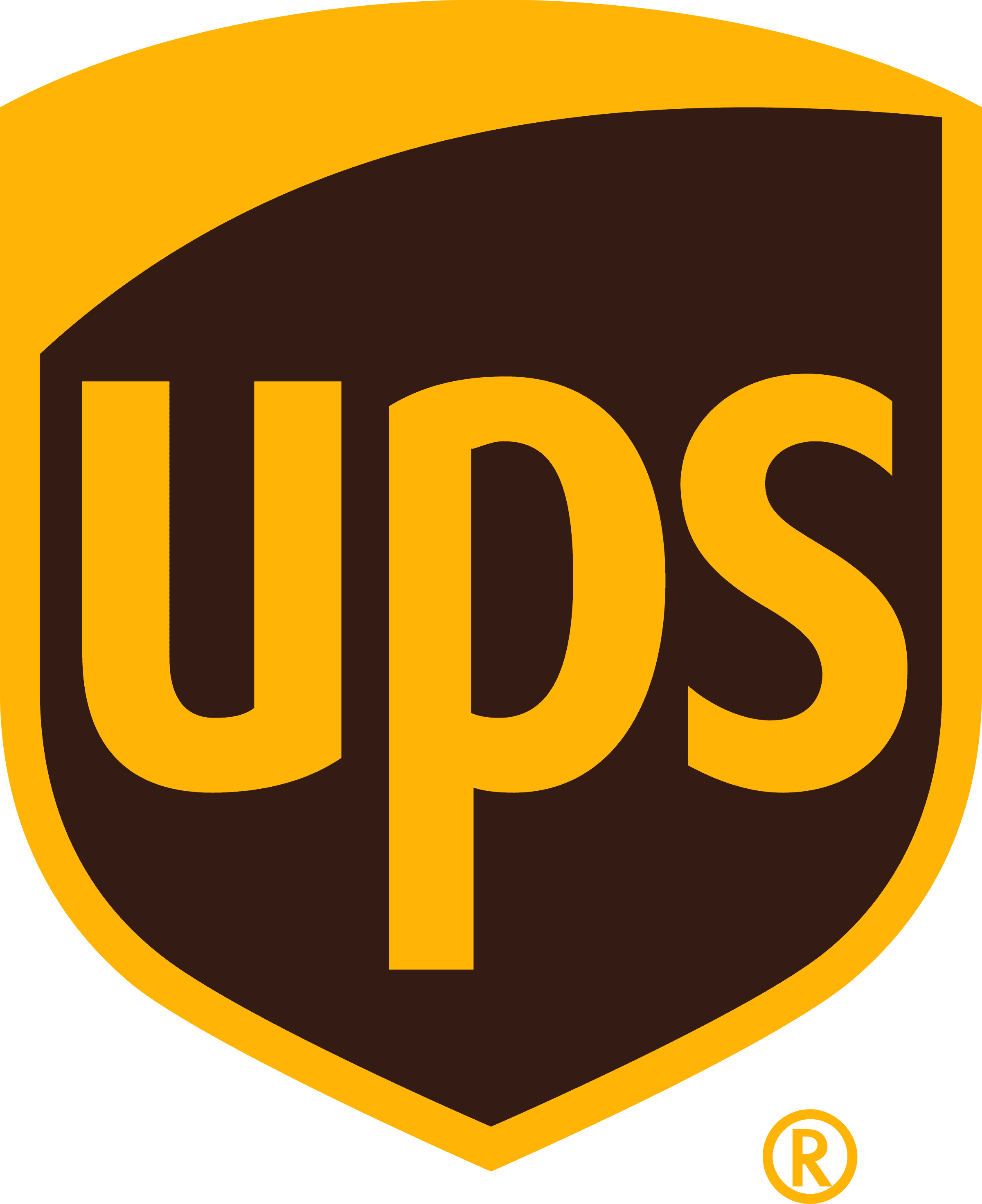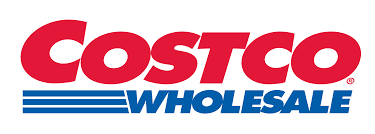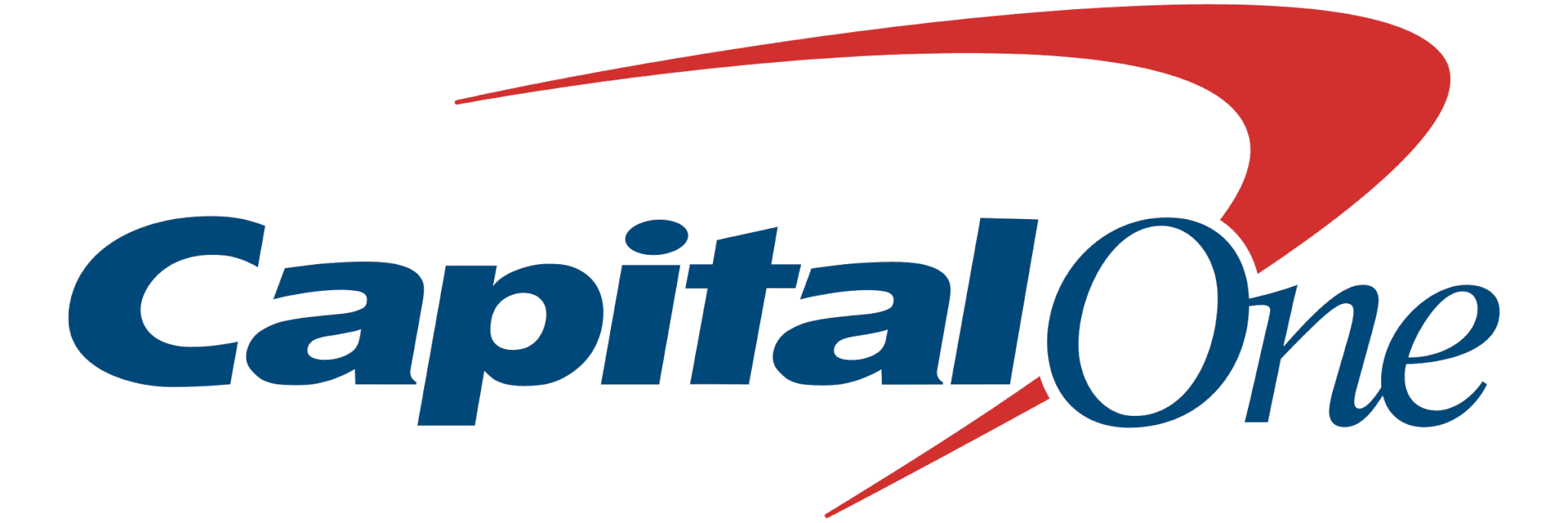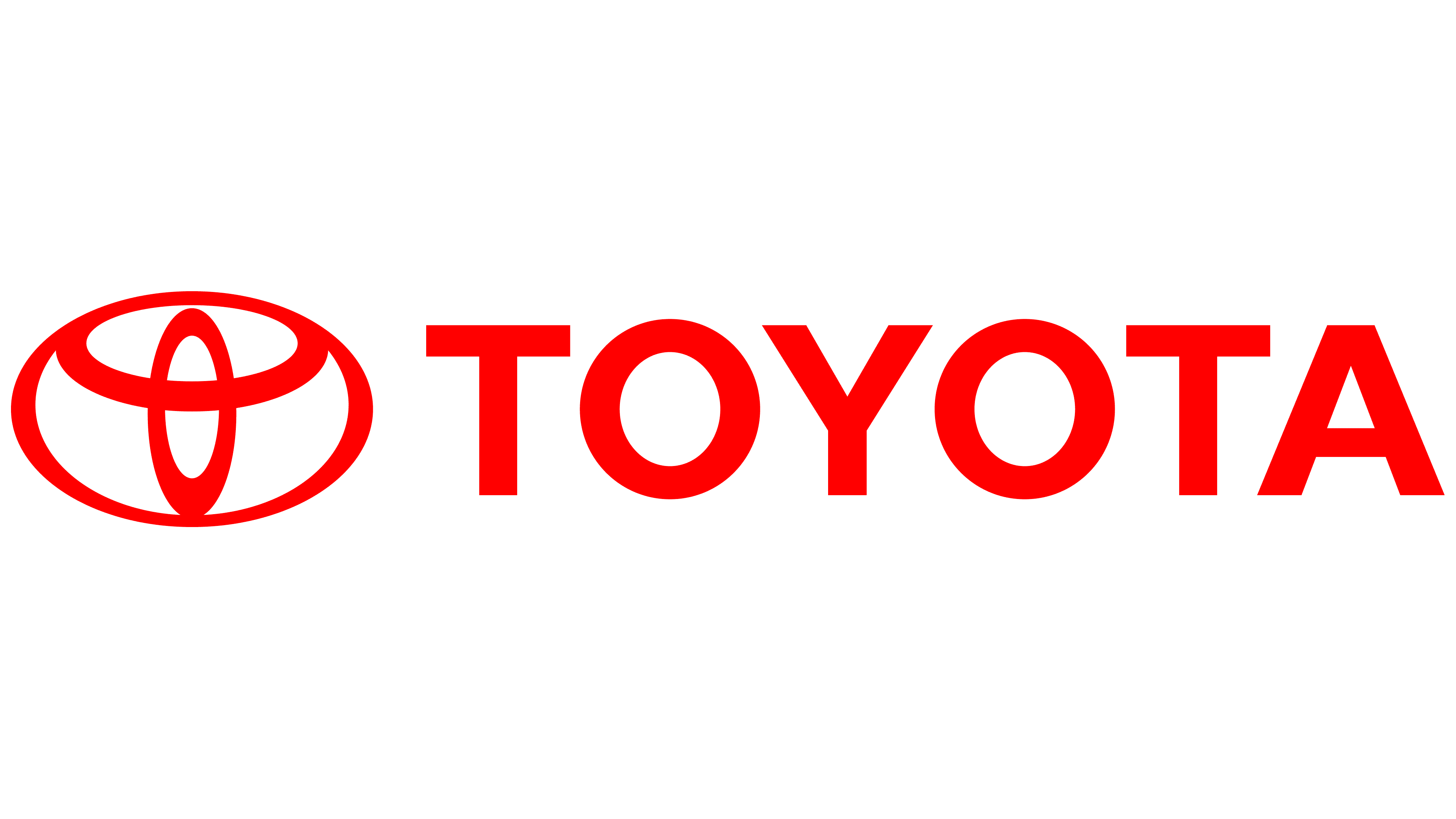Transform Your Finance Organization
Move from data silos to strategic success with revolutionary FP&A.
Unify, automate, streamline, and simplify your financial close.
The transformative power of artificial intelligence + machine learning.
Convert your data into strategy, spanning forecasts to financial goals.
See How Organizations Take Finance Further with OneStream

Polaris | Looking Forward with Machine Learning-Driven Forecasts
View Customer Story
Costco | Look Forward to Smooth Scalability with Extensible Unified Data
View Customer Story
McCain Foods | Replacing SAP BPC for an All-In-One Approach to Modern CPM
View Customer Story
Fruit of the Loom | Ensuring the Integrity of Financial Results
View Customer StoryMaster Modern Finance
Surge ahead in today’s business environment by unifying your financial and operational data into a single source of truth with OneStream. Our packaged applied AI solutions are purpose-built for finance. Automate core tasks and transform your finance team into strategic advisors. For accurate reporting, strategic decision-making, and staying ahead of trends, OneStream equips you with the tools to excel in today's dynamic financial landscape.
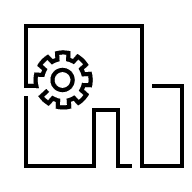
Uniquely Unified
Seamlessly Integrate Finance + Operations
Stop wrangling information and start making a bigger impact on finance and operations. Imagine accessing all your data for financial close, planning, account reconciliation, and more—from just one platform. OneStream unifies all your financial and operational data so you can achieve new levels of insight across every level of the organization.
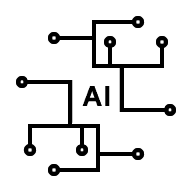
AI-Powered
Supercharge Decisions with Purpose-Built AI
OneStream uses the power of artificial intelligence (AI) and machine learning (ML) to turbocharge decision-making and boost productivity so you can plan faster, forecast with greater accuracy, and empower every employee to perform at their best.
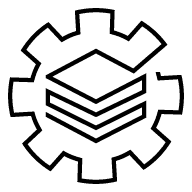
Infinitely Extensible
Meet Your Unique Needs Today and Tomorrow
Power data-driven decisions across sales, people planning, and more as your business evolves. Extend the power of the OneStream platform to keep teams at every level informed – without adding technical debt.
Finance Champions
Polaris, a leading powersports vehicle maker, used machine learning to revolutionize financial planning and forecasting. By migrating to OneStream and adopting AI tools, Polaris enhanced forecasting accuracy, improved collaboration, and streamlined financial operations. Discover how they transformed their financial planning using our innovative solutions.

A Leader in Finance.

Three-Times a Leader: OneStream Named a Leader in the 2024 Gartner Magic Quadrant for Financial Planning Software
View analyst report
2025 Gartner Magic Quadrant for Financial Close and Consolidation Solutions
View analyst report
27 Top Ranks in the 2025 BARC Planning Survey
View analyst report
OneStream Recognized as Leader in the ISG Business Planning Buyers Guide 2024
View analyst reportTake Finance Further.
OneStream is the only enterprise finance platform that seamlessly unifies all your financial and operational data, embeds AI to boost productivity, and adapts to fit your unique needs.





